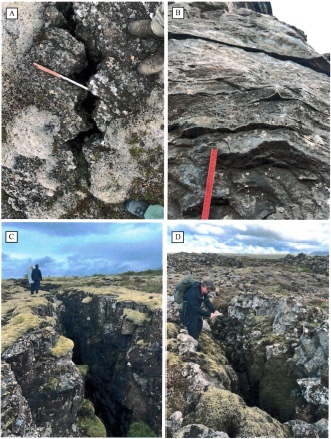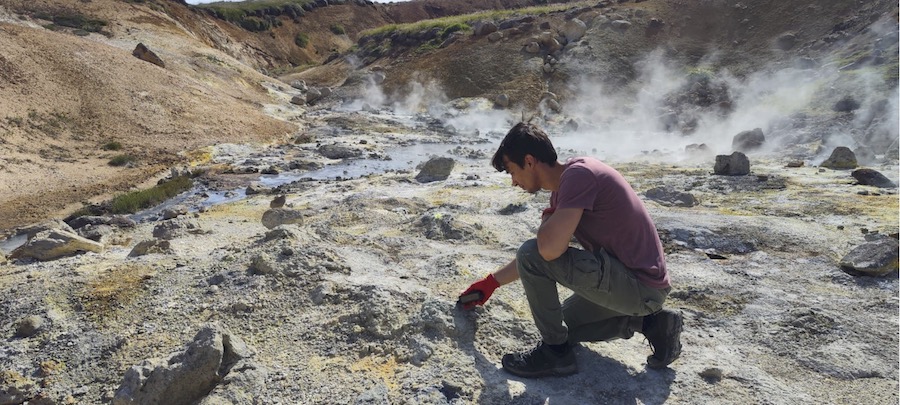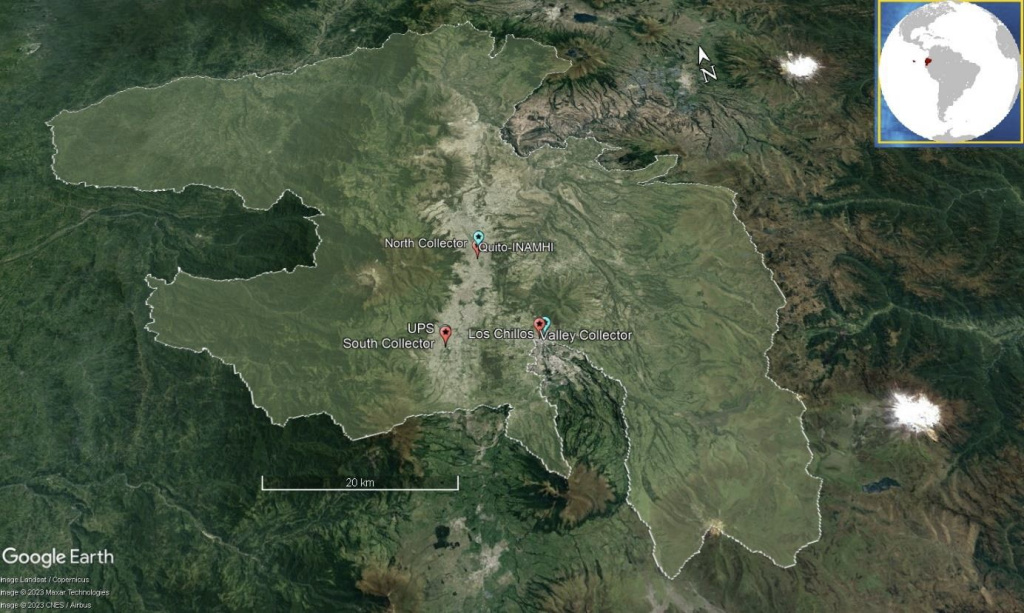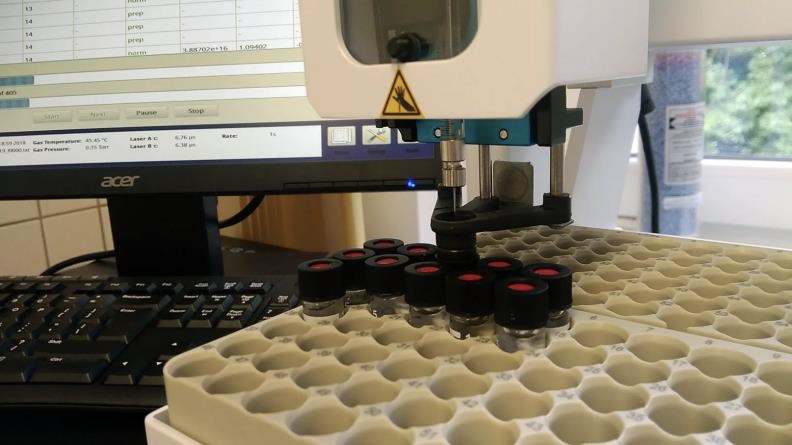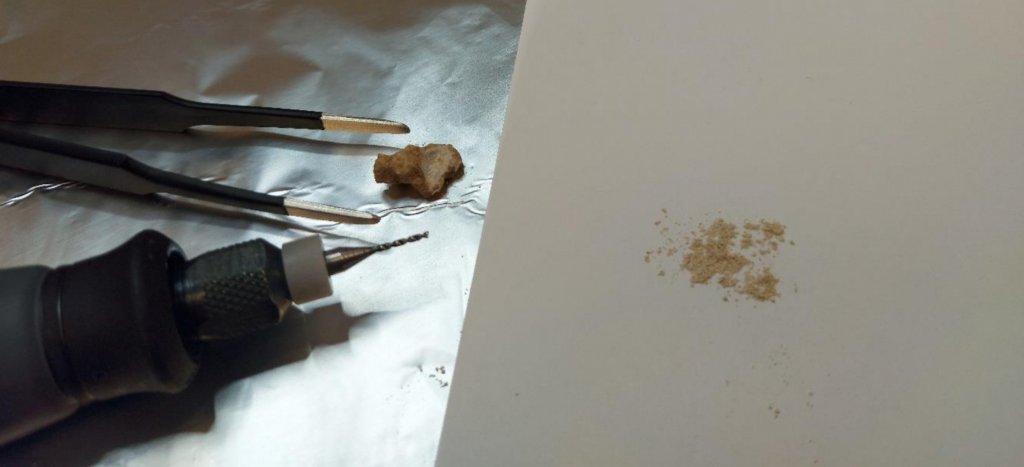22-EPN3-007: SeisChem – The influence of seismic events on fluid and gas chemistry at the Icelandic planetary field site
Visit by John Edgar and Jon Telling (Newcastle University, UK) to TA1 – Iceland Field Sites, MATIS
Dates of visit: 12-21 September 2023
Measurable H2 can be generated during active seismicity through the reaction of water with freshly created rock surfaces. Field measurements have shown that rock-water reactions during seismic events can also lead to significant changes in the pH and increase the concentration of H2O2 in geological fluids. Whilst prior studies have investigated locations representing felsic crust, a large proportion of the deep biosphere resides in basaltic terrains. H2O2 generated through rock-water reactions is greater in basaltic rocks and enhanced when temperatures exceed ~80 °C. Importantly, these elevated temperatures overlap the growth ranges of some hyperthermophilic microorganisms. The generation of H2O2 in these environments represents an understudied energetic window of opportunity for extant microbial life, and possibly for the origins of life on Earth.
This project sampled a seismically active hydrothermal area in Iceland where elevated temperatures were anticipated to lead to enhanced H2O2 generation from rock-water reactions.
The SeisChem team investigated the relationship between seismicity and the products of rock – water reactions in a geologically active hydrothermal system. The central objective of SeisChem was to bridge a knowledge gap between laboratory studies and field measurements by:
- Sample fluid and gas in time series, recording in-situ H2O2 and ancillary geochemical data
- Store and return samples to the laboratory for H2 (g) and major ion (aq) analyses
- Compare and contrast field and laboratory data with local seismic activity.
Read the full scientific report with kind permission by John Edgar and Jon Telling.

